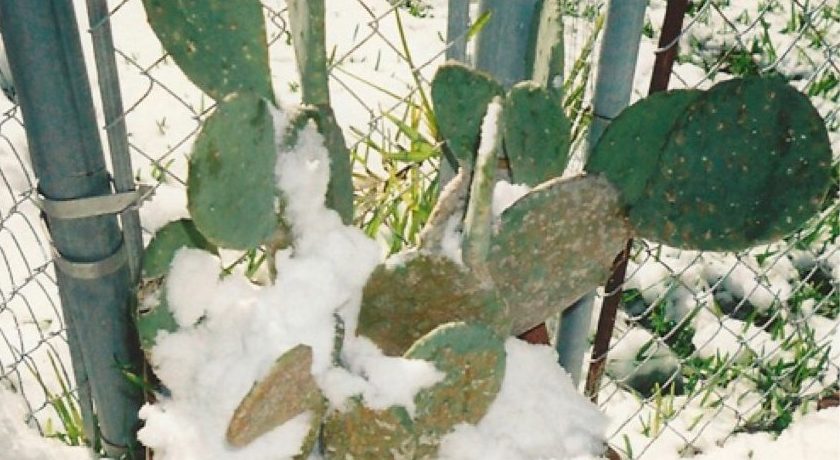Winter Math


When I was a teacher I loved to do winter math experiences in January. It was a way to celebrate the season, engage the children in activities that would support their development in mathematics, and reenergize the children after the winter break. Living in Texas, we had ice occasionally, but we didn’t have access to snow or even much rain. But we used what we had. Together, the children and I came up with activities for our winter-related learning experiences. Below are a few of our favorites.
I bought a few big thermometers at the dollar store and placed one outside and one inside our classroom. We talked about how the red line moved up as it grew warmer. With older children, we marked the temperature inside our classroom with a smiley face on the thermometer we kept outside to help compare how much warmer or colder it was outside. Each day, the child assigned to the job of “weather person” would take a clipboard outside to record the temperature in the morning, after lunch, and just before dismissal. We used this data to create charts and graphs showing how the temperature changed over time. We compared the morning temperature to the afternoon temperature, compared the temperature from day to day, and compared the indoor temperature to the outdoor temperature. We discovered so many fun comparisons!
One day a child asked why there was always salt in front of stores when it was icy. We discussed how salt is used to help melt ice, and just like that, an experiment was born. The children suggested an event where they froze water in milk cartons and recorded how long it took for the water to melt. We collected milk cartons and froze water overnight. The next day, I brought in a collection of stopwatches. We took each block of ice out of its milk carton, placed them on plates, and started a timer for each one. We kept one block just outside our classroom’s window, one block in the Discovery area (I explained that this block would be our “control block” that we would compare the other blocks to), and covered another block outside with a cup of salt. Throughout the day, the children kept an eye on the blocks and periodically we checked to see when each had melted completely. Soon, we had our results. The salt really did help speed up the melting! The block outside (where it was colder than our classroom) with no salt took the longest to melt.
You may have noticed that both of these events relate to comparing and measuring. This was no accident. During the first few months of school I had noticed that the children didn’t have a lot of previous experience making comparisons and using measurements, so I chose to intentionally focus on these skills in our winter math experiences. Though we did use standard time and temperature measurements, we concentrated more on the concepts of “more,” “less,” “higher,” and “lower.” These experiences directly relate to Objectives 22a, “Measures objects,” and 22c, “Represents and analyzes data,” which encompass such concepts as comparing objects, introducing the purpose of standard measuring tools, and creating and using graphs.
As the year went on, we continued assigning one child to the “weather person” job every morning and added a rain gauge next to the thermometer to measure the amount of rain that fell in the spring. Our winter math experiences led to other natural math experiences that developed into a regular feature in our Discovery area, where we offered standard and non-standard measuring tools to explore objects related to our environment and our topics of study.
For those of you in parts of the country experiencing snow and ice, your winter math experiences can include all sorts of fun events. Take measuring cups outside and discover how many cups of snow are needed to make a snowball. Make snowballs and use strings or measuring tape to measure the diameter or circumference. Make predictions about how high you can stack a tower of snowballs. Set a container outside and see how much snow falls into the container during your time outdoors, using a standard measuring cup or scale to measure and keeping a record each day. Have a timed event where children scoop as much snow they can into a plastic bottle in 15 seconds.
As you can see, there are a lot of ways to have fun with mathematics and enjoy the winter weather. Keep warm and make sure you have a collection of clean, dry gloves for the children to use as they explore and learn outdoors. Have fun!

Enable a Truly Individualized Path to Success
Every element in the Teaching Strategies ecosystem connects to our research-based objectives for development and learning. This allows our ecosystem to enable an individualized learning path for each child.